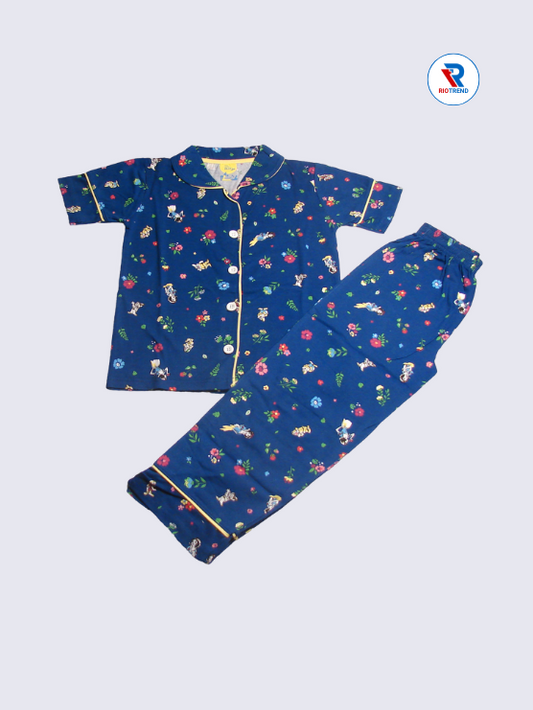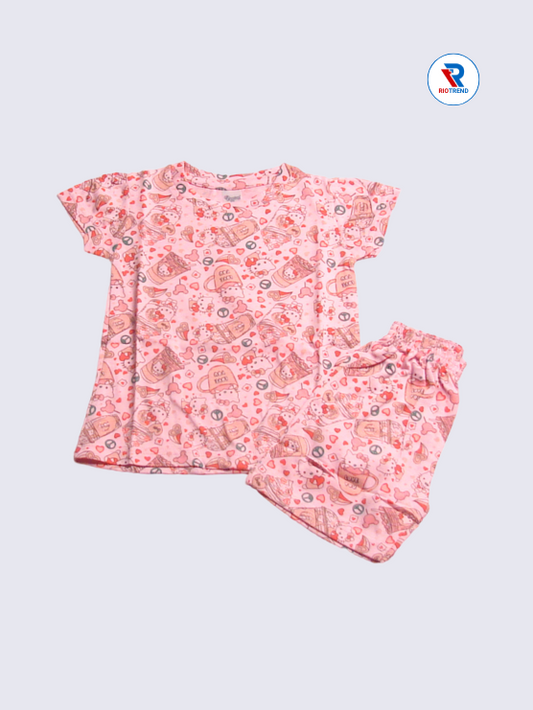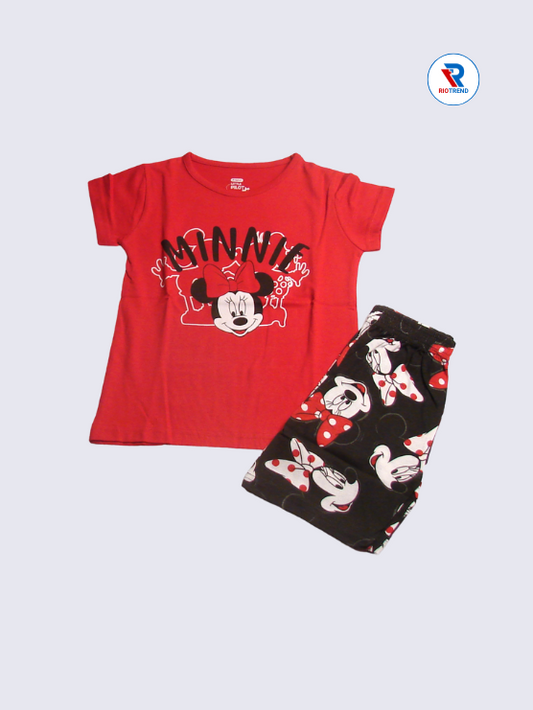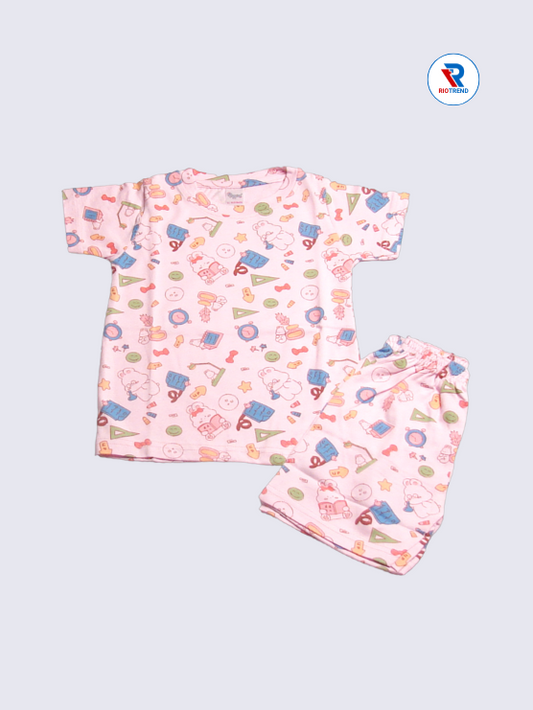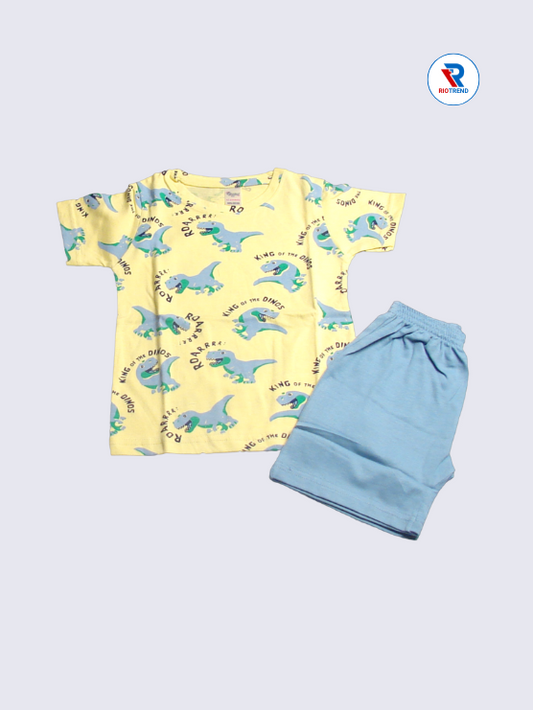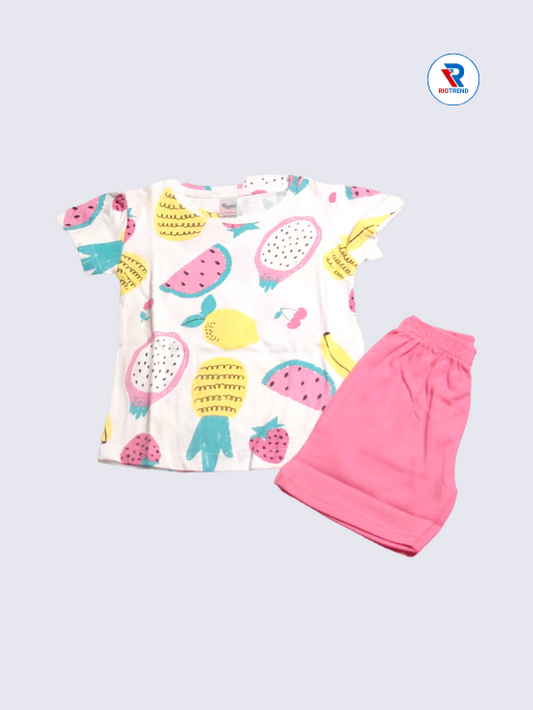You’ve just found the perfect product, clicked “Buy Now,” and eagerly await the arrival of your purchase. But have you ever wondered what happens behind the scenes after you hit that ‘buy’ button? How does your order go from a click to arriving at your doorstep? This is where fulfillment centers play a crucial role. These warehouses ensure that your order is picked, packed, and shipped swiftly, often with incredible efficiency.
In this blog post, we’ll take you through the journey of your order after you hit “buy,” explain the role of fulfillment centers in that process and discuss the benefits they offer to you, the online shopper. By the end, you'll have a deeper understanding of how fulfillment centers help make your online shopping experience faster, smoother, and more reliable.
What is a Fulfillment Center?
A fulfillment center is a third-party service used by e-commerce businesses to store, manage inventory, and ship products to customers. It acts as a bridge between the seller and the customer. When you make an online purchase, fulfillment centers take over the tasks of storing your product, packing it, and ensuring it gets to you quickly and securely.
These centers are designed to handle large volumes of orders, often using advanced technology, such as robotics and automation, to ensure orders are processed swiftly. While the term "warehouse" is sometimes used interchangeably, fulfillment centers have a specific focus on order processing and shipping, making them central to the success of online shopping businesses.
How Do Fulfillment Centers Work?
When you make a purchase online, here's what happens behind the scenes in a fulfillment center:
- Receiving Inventory: After a supplier ships products to a fulfillment center, the items are stored in an organized fashion, ready to be accessed when an order comes through.
- Order Processing: Once your order is placed, the fulfillment center is notified. The system quickly identifies the product in the warehouse and prepares it for pick-up.
- Picking and Packing: Warehouse workers (or robots) retrieve the items, and they’re packed in appropriate materials to ensure safe delivery. This process is usually done quickly, as fulfillment centers are designed for efficiency.
- Shipping: After packing, the product is handed over to a courier or shipping carrier, and from there, it begins its journey to your doorstep.
- Tracking: Most fulfillment centers offer tracking numbers, so you can stay updated on the status of your order as it moves through the shipping process.
What’s the Difference? Fulfillment Center vs. Warehouse
While the terms "fulfillment center" and "warehouse" are sometimes used interchangeably, they serve different purposes:
- Warehouse: Typically used for bulk storage of goods. A warehouse is mostly about keeping inventory safe until it’s needed. Warehouses don’t usually handle individual orders or shipments to customers directly.
- Fulfillment Center: This is a specialized facility that not only stores products but also handles the entire order fulfillment process, including picking, packing, and shipping individual orders. Fulfillment centers are designed for high-speed processing to ensure that orders are dispatched quickly and accurately.
While warehouses are mainly concerned with storing products, fulfillment centers are built to ensure that your order is processed and delivered quickly, making them a critical component of e-commerce.
Types of Warehouses
Though the term “warehouse” typically refers to a location that stores products, there are different types of warehouses used in logistics. Here are a few:
- Traditional Warehouse: Focuses on long-term storage of goods and bulk distribution. These warehouses don’t necessarily handle individual orders and might not process customer shipments.
- Distribution Centers: More specialized than a traditional warehouse, these centers are designed to receive products, store them temporarily, and then distribute them quickly to various destinations. However, they don’t necessarily handle the specific packing and customer-level order management that a fulfillment center does.
- Fulfillment Centers: These centers focus on receiving, storing, packing, and shipping customer orders. They provide end-to-end processing, including customer-specific packing, often with technology to ensure efficiency.
- Cold Storage Warehouses: Used for perishable goods, these facilities store temperature-sensitive items that require specific climate conditions.
Benefits of Fulfillment Centers for E-Commerce
1. Speed and Efficiency
One of the greatest advantages of fulfillment centers for online shoppers is the speed of delivery. Since these centers are designed for quick processing, your order is picked, packed, and shipped faster than it would be in a traditional warehouse setting. Many fulfillment centers aim to ship orders within 24-48 hours, reducing the time between placing an order and receiving it.
2. Cost-Effective for Sellers, Better for You
Fulfillment centers help online retailers cut down on the costs associated with storing products and managing shipping logistics. By outsourcing these tasks to specialized centers, businesses can focus on marketing, customer service, and growing their brand. For you, the shopper, this typically means faster shipping and often lower prices as businesses can focus their resources on providing a better overall shopping experience.
3. Scalability
As an online shopper, it’s important to know that fulfillment centers can scale according to demand. Whether it’s Black Friday or a summer sale, fulfillment centers can handle surges in orders without compromising speed. This ensures that no matter how busy an online store gets, you’ll receive your order quickly.
4. Global Reach
Fulfillment centers are often part of larger networks that enable businesses to ship to international markets. This means that as an online shopper, you have access to products from around the world, and fulfillment centers help ensure your items are delivered promptly, even across borders.
5. Improved Customer Experience
By outsourcing the complex tasks of inventory management and shipping, businesses can provide better service to their customers. The speed of fulfillment, combined with more accurate order picking and secure packaging, leads to a better overall shopping experience. The result? Happier customers and fewer mistakes in your orders.
Drawbacks of Fulfillment Centers
Though fulfillment centers bring significant advantages, there are some drawbacks for both sellers and shoppers:
1. Loss of Control
For the e-commerce business, outsourcing to a fulfillment center means losing direct control over the storage, packing, and shipping processes. This may sometimes lead to errors, delays, or packaging issues, although many fulfillment centers have strict quality controls in place.
2. Fees and Costs
Fulfillment centers often charge for storing inventory, processing orders, and shipping. While this helps businesses save on infrastructure costs, those fees can sometimes be passed down to the consumer, resulting in higher product prices or shipping fees.
3. Potential Delays
If a fulfillment center encounters issues, such as operational problems or logistical bottlenecks, it could lead to delays in processing orders. As a shopper, this can be frustrating, especially if you’re expecting a time-sensitive delivery.
4. Dependency on Third-Party Providers
Since fulfillment centers are managed by third-party logistics providers, any operational hiccups or customer service failures on their part could directly impact your shopping experience. If there’s an issue with the fulfillment center’s services, it may be difficult for you to resolve the problem directly with the seller.
How Fulfillment Centers Ship Your Orders Fast
Fulfillment centers are designed with speed in mind, and here’s how they ensure fast shipping for online shoppers like you:
1. Strategic Inventory Placement
Fulfillment centers store inventory in optimized locations based on where demand is highest. For instance, popular products may be stored closer to major shipping hubs, reducing delivery time. This strategic placement is key to getting your order to you as quickly as possible.
2. Use of Technology
Automation plays a huge role in speeding up the fulfillment process. Fulfillment centers often use robotics, AI, and inventory management systems to speed up picking, packing, and shipping. For example, robots can pick items off shelves and prepare them for shipping faster than human workers could.
3. Expedited Shipping Options
Fulfillment centers work with multiple shipping carriers to offer a variety of shipping options, including expedited and same-day shipping. This allows you to choose the fastest delivery method, depending on your needs.
4. Optimized Packaging
Fulfillment centers aim to pack orders in a way that protects the items and maximizes efficiency. This means less wasted space, fewer packaging materials, and faster processing, ultimately leading to quicker deliveries.
Final Thoughts
Fulfillment centers play a crucial role in your online shopping experience. They ensure that products are picked, packed, and shipped quickly and efficiently, making it possible for you to enjoy faster delivery times and better customer service.
By understanding the role of fulfillment centers, you can appreciate the processes that work behind the scenes to get your order to you on time. Next time you hit "buy," remember the fulfillment center at work, making sure that your shopping experience is as smooth as possible.
Fulfillment Center FAQs
How do fulfillment centers know what to ship?
Fulfillment centers use sophisticated software that tracks inventory and receives updates about customer orders in real-time. This ensures that the correct items are picked, packed, and shipped.
Are all fulfillment centers the same?
No, fulfillment centers vary in size, technology, and services offered. Some may specialize in handling large items, while others focus on fast delivery and handling high volumes of smaller products.
How long does it take for my order to ship from a fulfillment center?
Orders are usually processed within 24-48 hours. However, shipping times can vary depending on your location and the shipping method chosen.
Can I track my order once it leaves the fulfillment center?
Yes, most fulfillment centers provide tracking information so you can follow your order’s journey from processing to delivery.
Can I use a fulfillment center if I’m a small business?
Yes, many fulfillment centers offer services tailored to small businesses, providing scalable solutions without requiring a large investment in warehousing or logistics.


